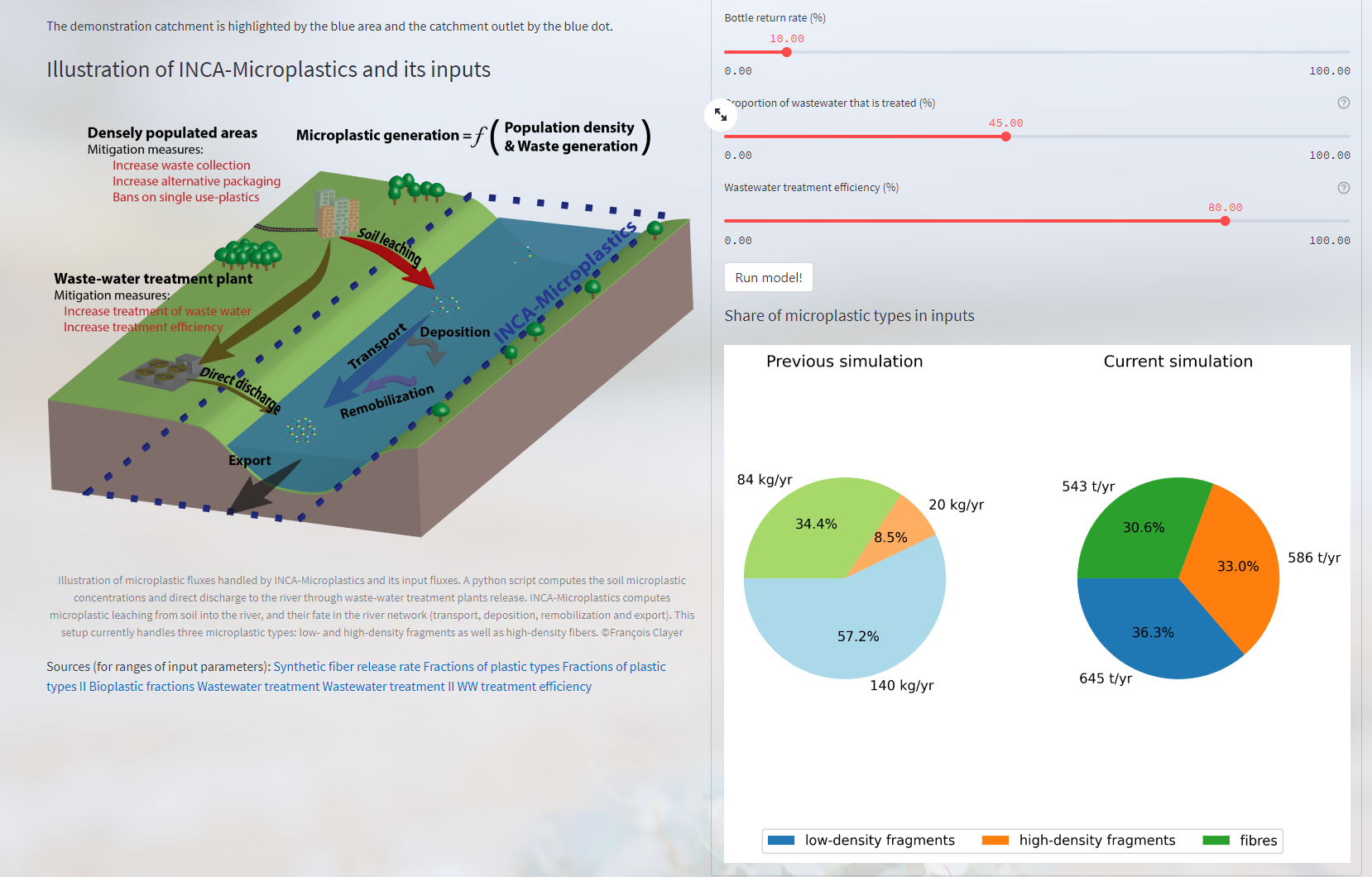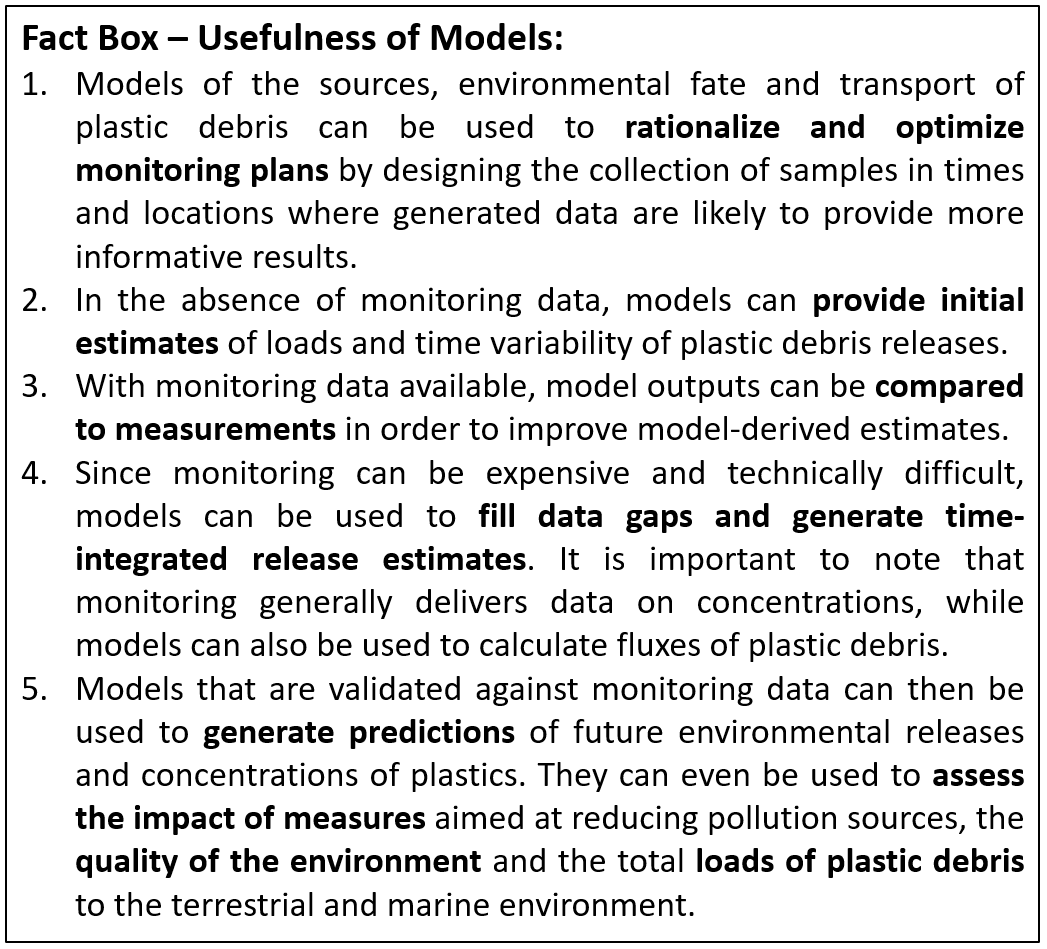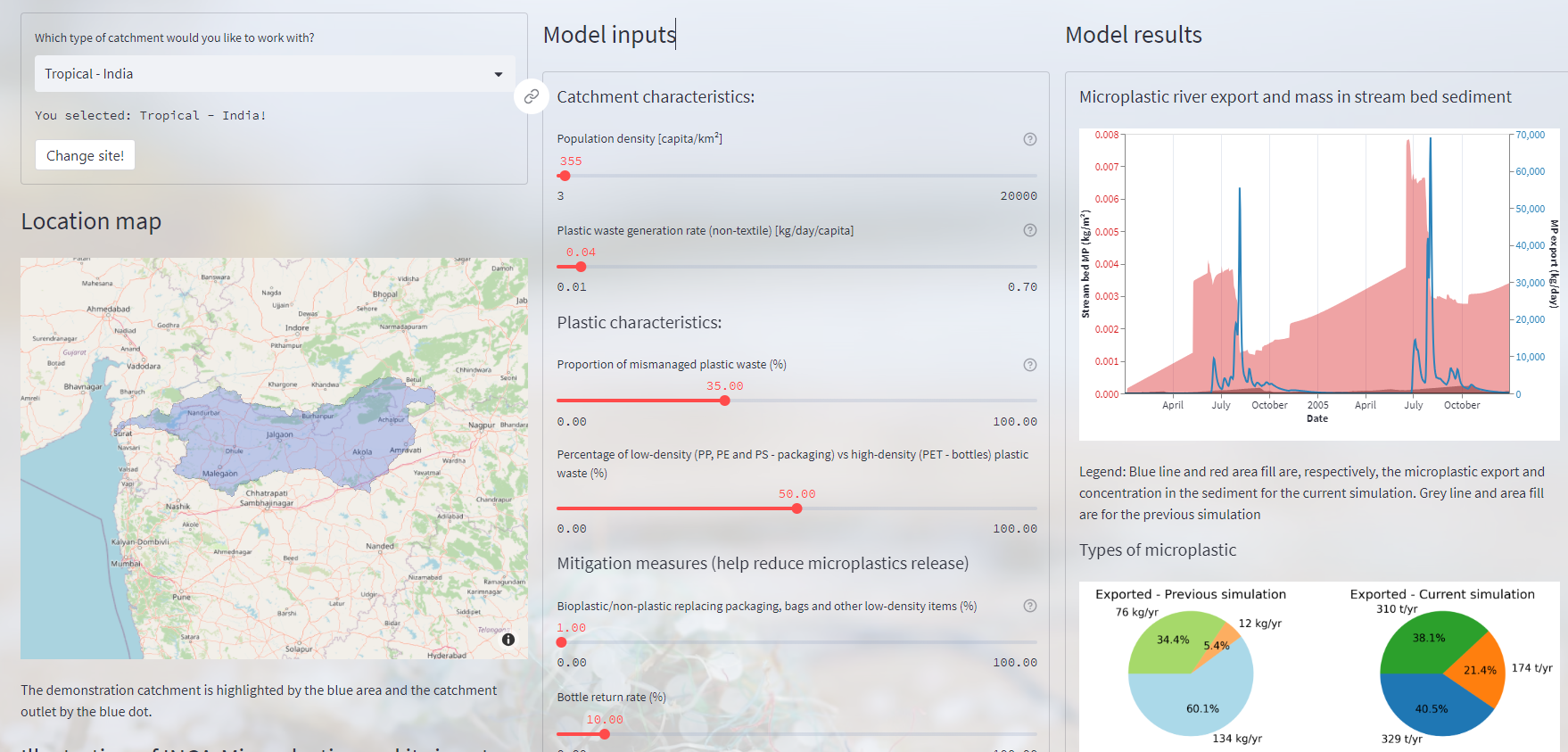The INCA tool: How mathematical models can help us assess plastic releases and curb pollution
 Get to know the Integrated Catchment (INCA) model family, and how such models can help to understand the sources and fate of plastic pollution in ASEAN countries, as well as how to find solutions to the problem.
Get to know the Integrated Catchment (INCA) model family, and how such models can help to understand the sources and fate of plastic pollution in ASEAN countries, as well as how to find solutions to the problem.
Written by Luca Nizzetto, Norwegian Institute for Water Research (NIVA), luca.nizzetto@niva.no
The Association of Southeast Asian Nations (ASEAN) member states have adopted an ambitious agenda to combat plastic pollution and safeguard coastal and marine areas from the impact of plastic debris.
Marine plastic debris from all sources, and in particular mismanaged waste, harms terrestrial and marine life, damages ecosystems, and substantially affects local economies that rely on tourism and fisheries. Overall, the ASEAN region is considered a large contributor to marine plastic debris on a global scale, and we know that the costs of inaction far exceed the cost of dealing with this problem.
Building the toolbox for assessing and managing regional plastic pollution
To address marine plastic pollution, the ASEAN secretariat has launched initiatives such as the ASEAN Framework of Action on Marine Debris.
This initiative aims to reduce marine plastic debris, promote sustainable waste management, and increase public awareness about the impacts of plastic pollution. Among the framework’s priority areas are policy support and planning, as well as research, innovation, and capacity building.
A better understanding of the scale of pollution sources from land, coast, and open sea – as well as how they combined determine the flows and accumulation of debris – is a key step in tackling marine plastic pollution.
This knowledge can also help elucidate the link between pollution drivers, such as plastic demand by markets, waste generation and/or waste mismanagement, and the processes controlling their transport and distribution in the anthropic and natural environment, which are primarily determined by geographical and climate factors. Achieving this understanding is difficult and requires expertise and adequate tools.
Mathematical models of plastic debris fate and transport
Mathematical models simulating the release, environmental fate, and transport of plastic debris are necessary tools to enable rigorous, quantitative assessments and to upscale all available information spatially and temporally, for management or policy making purposes.
Highly reductionistic aggregative models have been so far deployed over the regional and global scale to provide initial estimates of country-based emissions. These works were very important to give an initial gross estimate of global sources and flows of mismanaged plastic waste.
More recently, detailed models have been developed to address a broader range of sources, operating at a local scale, for example, focusing on river catchments rather than political boundaries. They also offer the possibility of dynamic simulations that can also take into account meteorological and hydrological aspects.

Improving model accessibility to support the ASEAN Framework of Action on Marine Debris
The development and application of catchment-based models have been part of a range of research and capacity building activities in the ASEAN region in recent years (see for example the project INOPOL).
Through the 3RproMar project – a collaboration between The German Agency for International Cooperation (GIZ) and the ASEAN secretariat – IKHAPP will contribute to this effort through reviewing and synthesizing knowledge on available models for source and fate simulations. Our community will also work to make such models more accessible.
With the help of models, users in the ASEAN region can collect data by engaging with local knowledge holders, including public authorities, practitioners, experts, and scientists situated in the region. In turn, collected data can reduce uncertainties on several model parameters.
A set of models will be made available through the IKHAPP platform, granting access to a user-friendly version of a suite of models dealing with the sources, fate, and transport of microplastics and plastic litter.
The selected models for this exercise are part of the Integrated Catchment (INCA) model family, a suit of models operating at the catchment scale generating daily estimates of plastic concentrations and flows across the terrestrial and aquatic environments.
The INCA-Microplastic model
INCA-Microplastic is the first model of the series. This is a catchment-scale dynamic model that utilizes real or estimated data on land-based sources, e.g. from wastewater, agricultural practices, atmospheric depositions, and embrittlement of litter, to calculate releases and transport of microplastics from land to a river estuary.
The transport efficiency is modeled, taking into consideration the physics of soil erosion and sediment dynamics, applying to both natural sediments and microplastics with different shapes, sizes, and densities.
The model uses daily data of rainfall and information on the geographic characteristics of the river catchment to calculate fluxes and concentrations of microplastics in soil, sediments, and water, varying over space and time.
INCA-microplastic can be applied to any catchment virtually, provided sufficient information on inputs is available. When properly set up and calibrated, INCA-Microplastics can generate predictions of microplastic debris transport to the coastal environment and assess past, present and future pollution scenarios.

Try the demo-version now!
Users can easily try the demonstration version of the model through the IKHAPP.org webpage.
This interface does not require specific user competence. For more advanced usage, the professional version of the model is also available. This version requires training, technical assistance, or specialized staff to run applications with a high level of site specificity.
Models like INCA-Microplastics are powerful tools, but their correct use and interpretation of outputs may depend on expert supervision. The INCA team is also working on a similar model that focuses on macroplastics or plastic debris and will make it available on IKHAPP.org through an interface similar to INCA-Microplastics.
The research community has encouraged capacity building on how to use models in the context of plastic pollution research and management.
Making these technologies together with publication and guidance documents easily available to the broadest possible number of qualified users through an open web portal is the first step for their wider diffusion and exploitation.
Here you can register to try out the model! Feedback and suggestions are very welcome – get in touch to let us know what you think or if you are interested in accessing the professional version of INCA-Microplastics.
Edited by Sara Plassnig & Caroline Enge, Norwegian Institute for Water Research (NIVA)
